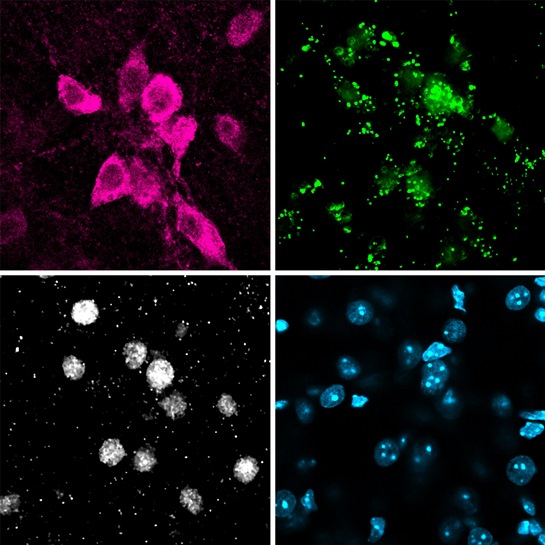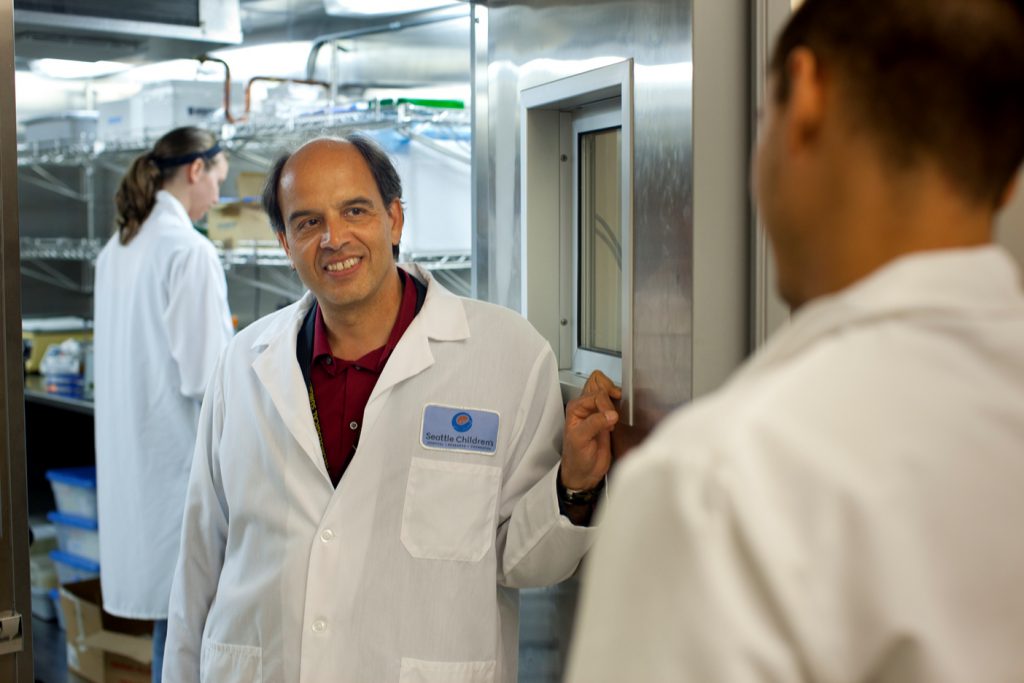
Neuroscientists at Seattle Children’s Research Institute have discovered an area of the brain that plays a key role in breathing. In a study published in the journal Nature the researchers describe the newly identified area of the brain, which they found plays a key role in exhalation.
“In healthy people, breathing is something we do whether or not we consciously think about it,” said Dr. Nino Ramirez, Director of the Center for Integrative Brain Research at Seattle Children’s Research Institute. “This paper describes a part of the brain that is active during passive exhalation, which is important for swallowing, speaking, coughing, and other behaviors that occur after an inhalation.”
The researchers called this region of the brain the postinspiratory complex, or PiCo. Further study and understanding of how this region of the brain works could lead to the development of new treatments for certain neurodegenerative diseases that involve breathing abnormalities.
Expanding our knowledge of how the brain controls breathing

According to the U.S. Environmental Protection Agency, the average person takes between 17,280 and 23,040 breaths a day. In a healthy person, each of those breaths occur in a carefully orchestrated order. If that precise rhythm is disrupted, it can lead to complications.
“This is a clinically important finding because if the inhalation and exhalation phases of breathing are not coordinated, a person can develop life-threatening complications,” Ramirez said. “Patients with neurodegenerative conditions like Parkinson’s disease or Alzheimer’s disease frequently develop aspiration pneumonia because their breathing may be uncoordinated when they eat. They may breathe food or liquid into the lungs, which can cause infections and pneumonia that can be very dangerous.”
In addition, the finding may provide clues to doctors and researchers about drug overdoses.
“We found that this part of the brain is extremely sensitive to opiates, which could help explain why people who overdose have respiratory complications, slurred speech, and can also develop aspiration pneumonia,” said Tatiana Anderson, a graduate student researcher from the University of Washington who led the study.
Applying the research outside the lab
Looking ahead, the research team wants to study and target the neurons in this newly identified region of the brain.

“We’ll be looking more carefully at the neurons in this PiCo region of the brain to see, for example, if in patients with neurodegenerative diseases these neurons are reduced or not functioning properly,” Ramirez said. “Perhaps we can identify drugs or other therapies that can target these neurons,” added Anderson.
The researchers say this region of the brain may also be implicated in disorders such as Sudden Infant Death Syndrome (SIDS), which is thought to be linked to abnormalities in the part of an infant’s brain that controls breathing and arousal.
Identifying a region of the brain responsible for such a basic human function—breathing—is a rare and exciting opportunity, Ramirez said.
“It has been 25 years since scientists found the part of the brain essential for inhalation,” he said. “Discovering another brain area critical for breathing was unexpected. We’re excited to have found it and will keep pursuing this promising line of research.”
Resources
- Study in Journal Nature: A novel excitatory network for the control of breathing
- Dr. Nino Ramirez, Center for Integrative Brain Research at Seattle Children’s Research Institute

